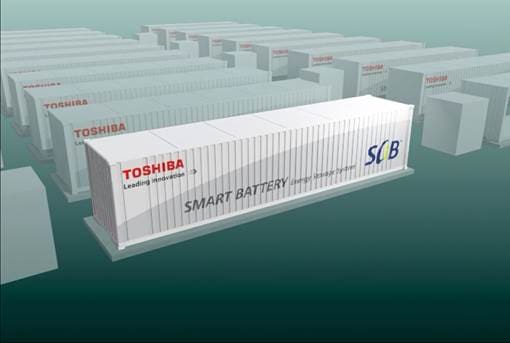Real nappies…..a growing global phenomenon
Learndog – new media helping kids
May 18, 2006High country collaboration
May 25, 2006Just WHAT is a Nappuccino?
The last week in April saw ‘Nappuccinos’ and nappy fashion shows held all over the UK to mark the 10th anniversary of Real Nappy Week – a nappuccino is a chat over a coffee about the environmental and human benefits of non-disposable nappies.
This event has ‘gone international’ with hundreds of activities across the UK, Ireland and as far afield as Mexico and New Zealand. In 2006 over 80% of UK local authorities backed it and there were around 500 events in 65 counties. Coordinated by Women’s Environmental Network (WEN) and sponsored by WRAP (the Waste & Resources Action Programme) the Real Nappy Campaign aims to enable parents to make an informed choice of nappies.
WEN’s Elizabeth Hartigan says, “Real Nappy Week has made an incredible journey: an idea that was brewed up at a kitchen table ten years ago is now a global movement. And the nappies have come a long way too: parents can choose from an amazing range of shapes, styles and fabrics which are easy to use and simple to wash.”
Real nappies (scroll down) are fitted to the babies’ shape, just like disposables, but you can launder them at home and reuse them. They are soft on baby’s skin, come with stay dry liners and use velcro or snap fasteners. The benefits claimed are:
- no pins
- no folding
- no nightly boiling
- no nappy rash
- no plastic pants
Eight million disposable nappies are thrown away every day in the UK; Real Nappy Week shows parents how they can save money, save waste and benefit the environment all at the same time.
Recent US Environmental Protection Agency (EPA) research has found that a single nappy can take nearly 500 years to decompose. On top of this, it takes nearly a quarter of a million trees to meet the annual demands for nappies in the US every year, says Knowaste, the company running the study.
Knowaste LLC has established nappy recycling programs in the European Union, Australia, Asia and North America.
The Director of Environment Victoria’s zero waste campaign, Jenny Henty, says this new facility undermines the best green choice: reusable cloth nappies washed by a professional service.
- Disposables use 3.5 times more energy
- 2.3 times more water to make than reusable nappies
Cotton nappies do have drawbacks:
- Water and chemicals for washing
- Landclearing to grow cotton crops
….but, says Jenny “they do come out ‘more green’ in a lifecycle analysis.”
I am ‘between’ kids and grandkids and, mildly curious, I followed up an article ‘New Life for Nappies’ in the Melbourne Times (17 May 06). I find the above quite amazing! What about you?


6 Comments
I was thrilled to find several biodegradable, disposable nappies available in Australia… These are not manufactured using chemicals and are free of chlorine, fragrance, latex & absorbancy chrystals. Much more expensive but it’s worth it as baby does not have these things against his skin + they are environmentally friendly.
We use the totally biodegradable nappies from Germany made with the corn silks for extra absorption and simply compost them in a compost bin in the backyard with great results for my fruit trees. ABout time we have this option. They really need to be available in the supermarket to improve their accesssibility and profile to mainstream Australia
Really interesting, Catherine. How did you hear about these nappies? What are they called and where do you buy them?
Fab to hear you are trying ‘green’ disposable options but even if they are fully compostable (most are not) they are still single use & your environmental impact is still huge as the main impact on disposables is in their manufacture- just something to keep in mind:-)
The nappies Catherine is talking about are the “Moltex Eco Nappy” http://www.ecodirect.com.au/eco-nappy.htm
You can discover 12 ways to make your nappy use ‘greener’ by joining to receive “The 7 Secrets to Developing Your Nappy Free Confidence.” You’ll learn how you can do part time elimination
communication.
Combining modern cloth ‘washable’ or ‘real’ nappies with EC is an environmentally conscious choice worth considering.
Find more information on this option here:
http://www.parttimenappyfree.com.au/Modern-Cloth-Real-Nappies.htm
Charndra
Interesting thoughts, I usually use the bambo’s but ill give these a try. Morgane